Exploring the Four Different Types of Fashion Photography
Fashion photography is a dynamic and creative field that encompasses various styles, each with its unique characteristics and purposes. Whether you're aiming to showcase clothing for a catalogue, emphasise high-end couture, capture the essence of street style, or create editorial masterpieces, fashion photography offers a versatile canvas for artistic expression. In this blog, we'll delve into the four distinct types of fashion photography: Catalogue Photography, High Fashion, Street Fashion, and Editorial Fashion, exploring their styles, uses, and differences.
1. Catalogue Photography
Catalogue photography, also known as commercial fashion photography, focuses on presenting clothing and accessories in a clear, straightforward manner. The primary goal is to provide potential customers with a comprehensive view of the products. Here's what characterises catalogue photography:
Style:
Minimalistic and clean.
Models pose with a neutral expression, allowing viewers to focus on the clothing.
Lighting is typically even and natural.
Backgrounds are often white or plain, keeping the focus on the products.
Emphasis on details and product features.
Use:
Promoting clothing brands in print and online catalogues.
E-commerce websites to showcase products.
Advertising campaigns for mass-market fashion brands.
Variation in Style:
Depending on the brand's target audience, catalogue photography can vary from casual and relatable, to more aspirational, high-end and polished.
High Fashion
High fashion photography, often seen in prestigious fashion magazines and luxury brands' campaigns, is all about pushing creative boundaries and conveying a sense of opulence and exclusivity.
Style:
Extravagant and dramatic.
Exaggerated poses, bold makeup, and avant-garde hairstyles.
Elaborate sets, props, and accessories.
High contrast and vibrant colours.
Often features high-profile models and celebrities.
Use:
Promoting luxury and haute couture fashion brands.
Editorial spreads in high-end fashion magazines.
Artistic projects that challenge conventions.
Variation in Style:
While high fashion photography generally leans toward the dramatic, it can vary from surreal and otherworldly to sleek and modern, depending on the creative direction.
Street Fashion
Street fashion photography draws inspiration from real-life fashion moments found on the streets, at festivals, and in everyday urban settings. It captures the authenticity and individuality of personal style.
Style:
Candid and unposed.
Real people as models, often captured in their natural environments.
Urban and gritty backdrops.
Emphasis on capturing spontaneous moments and unique outfits.
Minimal retouching to maintain authenticity.
Use:
Fashion blogs and social media platforms.
Documenting current fashion trends.
Celebrating personal style and self-expression.
Variation in Style:
Street fashion can range from raw and unfiltered street photography to more stylised and curated shots. It often reflects the personality of the creatives and the clothes.
Editorial Fashion
Editorial fashion photography is a form of storytelling through fashion imagery. It's used to convey concepts, narratives, and themes, often seen in fashion magazines and artistic projects.
Style:
Concept-driven and artistic.
Elaborate styling, makeup, and hair.
Intriguing and thought-provoking compositions.
Innovative lighting techniques.
Incorporates storytelling elements and artistic expression.
Use:
Editorial spreads in fashion magazines.
Art exhibitions and galleries.
Collaborations between photographers, designers, and artists.
Variation in Style:
Editorial fashion is incredibly diverse, allowing for a wide range of creative interpretations. It can be ethereal and dreamy or edgy and provocative, depending on the concept.
Fashion photography is a versatile and captivating field that offers something for everyone, from the straightforward presentation of products in catalogue photography to the avant-garde creativity of high fashion, the authenticity of street fashion, and the storytelling elements of editorial fashion.
Understanding the distinct characteristics and purposes of these four types of fashion photography can help photographers and fashion enthusiasts choose the right style to convey their vision and message. Whether it's selling clothing, celebrating personal style, or pushing creative boundaries, fashion photography continues to be a powerful medium of artistic expression in the ever-evolving world of fashion.
Yorkshire Fashion Photographer
Hi! I'm Hannah Lunn and I'm a fashion and beauty photographer based in York, with a passion for creating stunning, impactful commercial photography for small businesses.
Elevate your brand and stand out to your audience with beautiful professional photography that sets your digital platforms and marketing collateral apart. From editorial shoots that tell a compelling story about your business to standalone product advertising campaigns, let's work together to bring your vision to life. Check out my portfolio and see the impact that high-quality photography can have. Contact me now to discuss your next project and let's make it a success.





